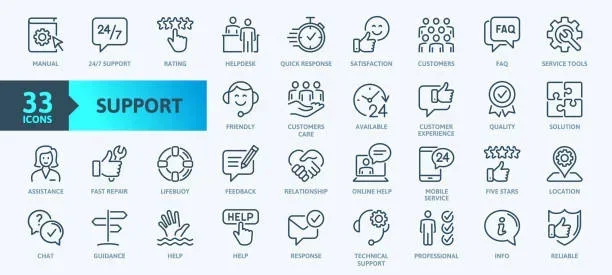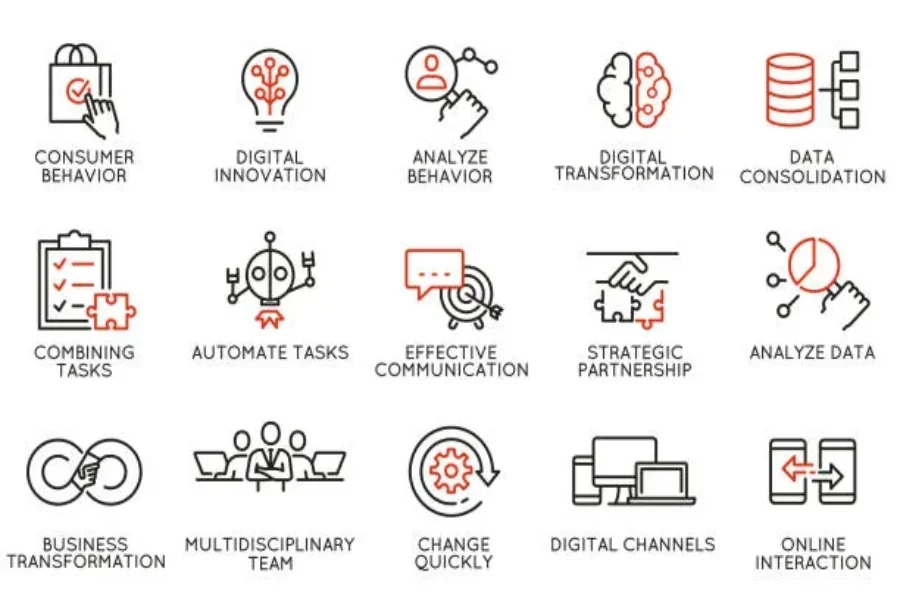In today’s business landscape, customer data integration (CDI) is becoming increasingly important, driven by an emphasis on data-driven decision-making in businesses. At the same time, given the amount of data that is now collected, it has become a challenge for businesses to keep track of customer information and maintain an up-to-date view of their customers.
Customer data integration helps an organization with this challenge by maintaining customer data from multiple channels across and within a company. It is no secret that disorganized data can negatively impact a company’s operations. The most significant assignment of customer data integration is therefore to create a unified view of the customer that enables organizations to understand and better serve their customers, improving customer experience and retention.
This article will discuss what customer data integration is, and highlight its benefits. It will also point out the various types of customer data integration that can be used, and three critical rules you need to stick to to make the most of CDI.
Table of Contents
What is customer data integration?
Benefits of customer data integration
Types of customer data integration
Three rules for customer data integration
Conclusion
What is customer data integration?

Customer data integration collects, consolidates, defines and manages customer data from various sources across and within an organization’s departments to view each customer accurately. To deliver personalized experiences and targeted marketing campaigns that relate to individuals based on their needs, styles and preferences, businesses use CDI. As a result, CDI is playing a significant role in improving business processes and enabling better information sharing among departments.
This record is generated by collecting and integrating customer data from multiple sources, including contact details, customer valuation data and information gathered through interactions such as online transactions, phone interactions, social media, and in-store purchases.
Benefits of customer data integration
1. Enhanced customer experience
Enhanced customer experience is one of the primary benefits of CDI. Integrating customer data allows you to investigate customer behavior in a variety of ways: their purchase history, preferences, behaviors, and interactions with the business.
This allows businesses to have a 360-degree view of their customers. With this unified view of the customer, businesses can create personalized experiences that cater to the individual needs and preferences of each customer.
2. Operational efficiency
CDI can improve operational effectiveness and efficiency by reducing the time and effort required to manage customer data. CDI ensures customer data is accurate and up-to-date across all systems, reducing errors and discrepancies. This helps employees quickly and accurately respond to customer inquiries, improving customer satisfaction and retention.
With access to a complete customer profile, businesses can quickly identify and resolve customer issues, such as product defects, shipping delays, or billing errors.
3. Enhanced marketing and sales efforts
CDI helps businesses make their marketing messages more effective, ensuring they meet the customer’s needs and preferences. With a 360-degree view of the customer, businesses can divide their customer base and create targeted marketing campaigns that relate to each customer segment. For example, businesses can use customer data to recommend products or services relevant to the customer, offer personalized promotions or discounts, and tailor their communication channels and messaging based on the customer’s preferred method of communication, in turn enhancing marketing and sales efforts.
4. Breaks down silos
Data silos can be problematic if companies don’t break down the collected data and give access to the marketing team. This could hurt the marketing strategy. A practical example is when a customer has concerns about your services and product. The worst that could happen is sending that customer marketing emails. CDI will allow you to pause marketing emails until you solve the issues, thus improving customer retention.
Types of customer data integration

1. Data propagation
Data propagation is a type of CDI that involves transmitting and sharing customer data from one department to another to maintain accuracy across the company.
By integrating and analyzing this data, businesses can gain valuable information about their customer’s behavior and preferences, leading to more effective marketing strategies and sales.
A practical example is where customers make online purchases. Each time a purchase is made, the data that is their contact information (e.g. name and number), purchase history, demographics, address, email, order details etc., is transmitted from the website to the customer database.
The data is integrated and analyzed to tailor-make personalized, targeted marketing campaigns according to each individual’s tastes, sales, interests and preferences.
2. Business-to-Business (B2B) Integration
B2B (Business-to-business) customer data integration involves connecting and automating the systems and applications of business processes between two or more organizations to enhance the automated and streamlined exchange of data and information.
B2B integration is particularly important for businesses that rely on customer data to provide personalized services and experiences. By integrating their customer data with their partners and suppliers, businesses can gain a complete view of their customers and improve their ability to deliver targeted and effective marketing and customer service.
Manufacturers can integrate customer data with suppliers’ data to ensure efficient responses to customer demands and to manage inventories. By sharing order data such as order history and customer tastes, they can optimize inventories, reduce production time, and ensure on-time deliveries.
Businesses and marketing agencies can share data to enhance targeted marketing campaigns. By sharing customer demographics, order history, and website behaviors, the retailer and marketing agency can create personalized marketing campaigns and offers that resonate with customers and, in turn, boost sales.
3. Manual data integration
Manual customer data integration refers to the process of manually collecting, organizing and inputting customer data into a centralized database. Manual integration is like putting a puzzle together piece by piece, where each piece is some insight drawn from the customer, such as purchase history, social media activity, website interactions, name, contact information, and preferences, and organizing these into a single, comprehensive view of the customer.
By collecting and analyzing customer data, you can better understand your customers, tailor your marketing efforts to their needs and ultimately improve your bottom line.
4. Data consolidation
Data consolidation in customer data integration involves gathering all relevant data from multiple sources, unifying it and storing them in a centralized location (in a data warehouse).
Scattered data stored in different places is essentially valuable information that is underutilized. Consolidating data allows you to have that complete puzzle piece where you can identify patterns and trends that may go unnoticed. This complete understanding creates more effective marketing campaigns, enhancing better services and, of course, in turn, boosting sales. It’s most often used when you want to get a complete and accurate understanding of the customers and make a data-driven decision.
5. Real-time data integration

Real-time data integration is a modern-day game changer, allowing businesses a chance to stay ahead of the competition.
Real-time customer data integration allows businesses to capture and analyze data from customers’ social media, website, feedback preferences and needs as it occurs. We can comfortably equate real-time data integration with a personal assistant who can gather and organize all of your customer data in real-time, so you can quickly and efficiently make data-driven decisions.
By collecting this data in real time, businesses can identify trends and patterns, personalize customer experiences, and optimize marketing strategies on the fly.
Let’s check a practical example: Imagine you own a clothing store, and a customer sends a message on Instagram about their experience with your shop. Through real-time data integration, you can immediately resolve any issue on time. Another advantage is that the business can collect and analyze the data from the customers browsing behavior, purchase history, and preferences and instantly suggest products that match their needs and interests.
Three rules for customer data integration
1. Don’t create a big data mess
Don’t integrate more data than you need. Define your data requirements and select data elements that are important to meet the data requirements. Focus on the most relevant data elements to your business needs. This will help you to avoid creating a big data mess.
2. Audit your data regularly
Ensure the data is constantly updated to ensure it remains efficient and accurate. Regular audits can help spot inconsistencies and data quality problems and resolve them before they become more significant problems.
3. Assign a “data boss.”
In CDI, it is vital to have one appointed person in charge of the data process. The data boss should understand the data integration process and be able to convey its logic effectively with all relevant parties.
The “data boss” needs authority to decide on data integration and resources. This will ensure the process runs smoothly.
Conclusion
In conclusion, customer data integration is a critical component of both your data management strategy and modern customer relationship management. With a centralized place for valuable data, it can be easy to make successful decisions, allowing organizations to stay competitive.
A successful CDI strategy delivers personalized experiences and targeted marketing campaigns tailored to individual customers, which can help increase customer loyalty and retention, boosting sales. Businesses should take advantage of this effective tactic in order to boost their growth and revenues.




